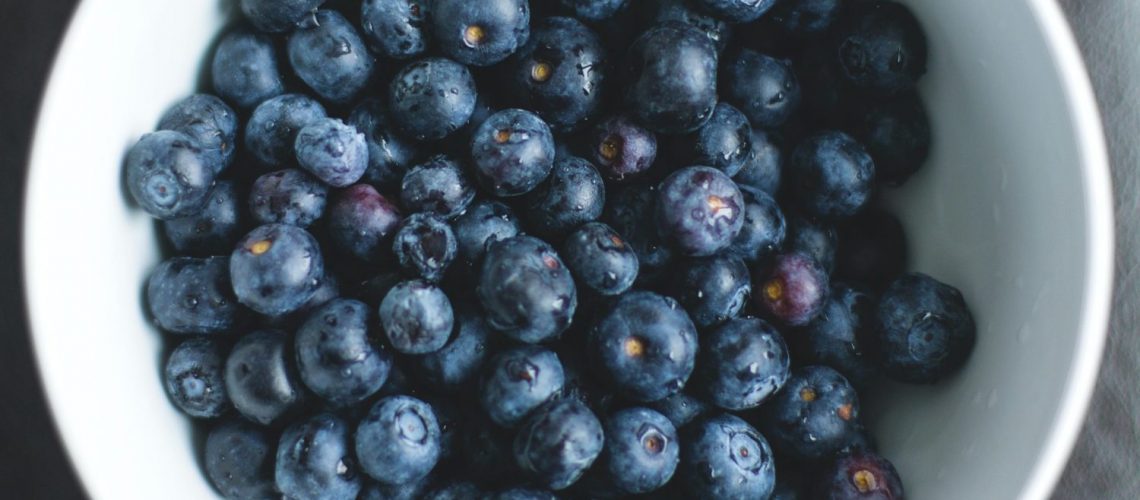It is no secret that antioxidants help keep the body healthy. It’s believed the antioxidants in food can help prevent cancer, reverse or slow aging, enhance your immune system, increase your energy and improve heart and organ health. They also offer protection from a range of other ailments, including heart disease, type 2 diabetes, neurodegenerative diseases such as Alzheimer’s and Parkinson’s.
Antioxidants are substances that either prevent or repair the damage caused by reactive oxygen species (ROS). The words “antioxidant” and “oxidant” were first used in 1928 by Walter Reichert and Fritz Paneth who, when measuring oxidation of fats in the body, found that fats could be made to withstand oxidation better if they had been heated first. The term “antioxidant” was coined because it was thought that these substances are good for your health because they help to slow down the process of aging. It is estimated that approximately 10-20% of your total body weight is composed of antioxidant compounds.
How Can We Get More of These Nutritional Gems?
1. Start First Thing
Get off to a good start with some lemon water. Lemon contains Eriocitrin, the main lemon polyphenol, which is a water-soluble antioxidant and abundant in lemon juice and peel. The morning meal does not have to be so hurriedly thrown together on the run, while you can do it quickly, be sure to keep it healthy at the same time. Strawberries, or other berries, 100% juice, and some coconut yogurt can be mixed together in a blender. Transfer the blend to a cup and enjoy your tasty snack. You’ve just added one to three servings of fruit to your daily intake. Or add some berries to your cold or hot cereal for an even easier tasty breakfast.
2. Antioxidant Snacks
A handful of raisins or a bowl of fresh red grapes would be great for a snack. Dip some strawberries or blackberries in yogurt. Need some crunch? A dip of baby carrots in hummus may be just the thing and will add some healthy vitamin A. Pecans have a great crunch and are rich in antioxidants. Even some raw dark chocolate is an indulgent but great antioxidant especially homemade with blueberries or goji berries. Let’s not forget the antioxidant packed staple banana. Keep your eye out for bright, saturated colors — nature’s way of attracting you to it’s nutrients.
3. Lunch and Dinner
A salad can serve as a great addition to each of your main meals. They need not be boring, and they need not be just salad greens. For a classic green salad, add some red pepper slices, some tomatoes, or cranberries to the Greek salad. Throw in some red cabbage. Lunch can be as simple as a broccoli salad, or as exotic as a rice salad mixed with string beans, peppers, tomatoes, and onions. Add avocado for vitamin E and good fat. Add a nice garlicky, olive oil lemon juice dressing for a few more antioxidants and a bit of punchy zest.
4. Dessert
Berry desserts, with or without whipped cream or chocolate, are a delicious way to end your healthy, antioxidant-rich eating day. Pomegranates drizzled in chocolate or added in a muffin base would go down as a treat here too.
5. Beverages
Make tea or coffee your drink of choice instead of soda, as they are packed with antioxidant compounds. If you’re going for a glass of wine opt for red, with dinner, or if you want to switch it up, try a spice chai tea or chai latte instead.
6. Outside of the "Fruit and Veggie" Box
In addition to berries, salads, and other common foods that are high in antioxidants, researchers have discovered that russet potatoes, artichokes, and small red beans contain powerful compounds as well. Researchers say beans may be more antioxidant-rich than blueberries! So now you have another easy option, adding beans to your already veggie-filled rice salad will make it even richer in antioxidants than just an ordinary salad.
7. Don't Overcook
When you prepare vegetables for dinner each night for your family, you think you’re doing a good thing, which of course you are. Nonetheless, if you’re overcooking your vegetables, a lot of their beneficial antioxidant properties are being cooked out. The best way to cook vegetables is to steam them (don’t boil them) and stop after their bright color is fully developed and most of their bite is still present.
8. Get to Growing!
Those who plant and harvest vegetables in their own gardens eat more vegetables and fruits than those who buy their produce from the store. To harvest your own food and know exactly where it came from is such a delight! If you plant your own little garden, you can watch your garden grow and enjoy the veggies and fruits (literally) of your labor. How amazing is that?
9. Take More Vacations
It’s not uncommon for the majority of us to view vacations as a time to disregard healthy eating. But you could also take a different view and think of vacations as opportunities to experience new foods. You can explore the way a chef prepares an interesting vegetable dish by ordering one in a restaurant. Try out new and interesting fruits and veggies that you don’t see often at home. Explore and your body and taste buds will thank you.
10. Develop Your Cooking Skills
The art of cooking involves preparing whole foods, washing and peeling veggies, and paying attention to how they are prepared, not opening take out boxes and bags. We get the majority of our antioxidants from eating whole foods and natural fruits and vegetables — even better when they are the ones you’ve grown yourself.
We typically spend time removing foods from our diet in order to lose weight or “be healthier.” I hate that philosophy. Removing foods feels like punishment. Instead of focusing on cutting out foods, just make it a daily goal to add more nutrient-dense foods to your meal plans.

